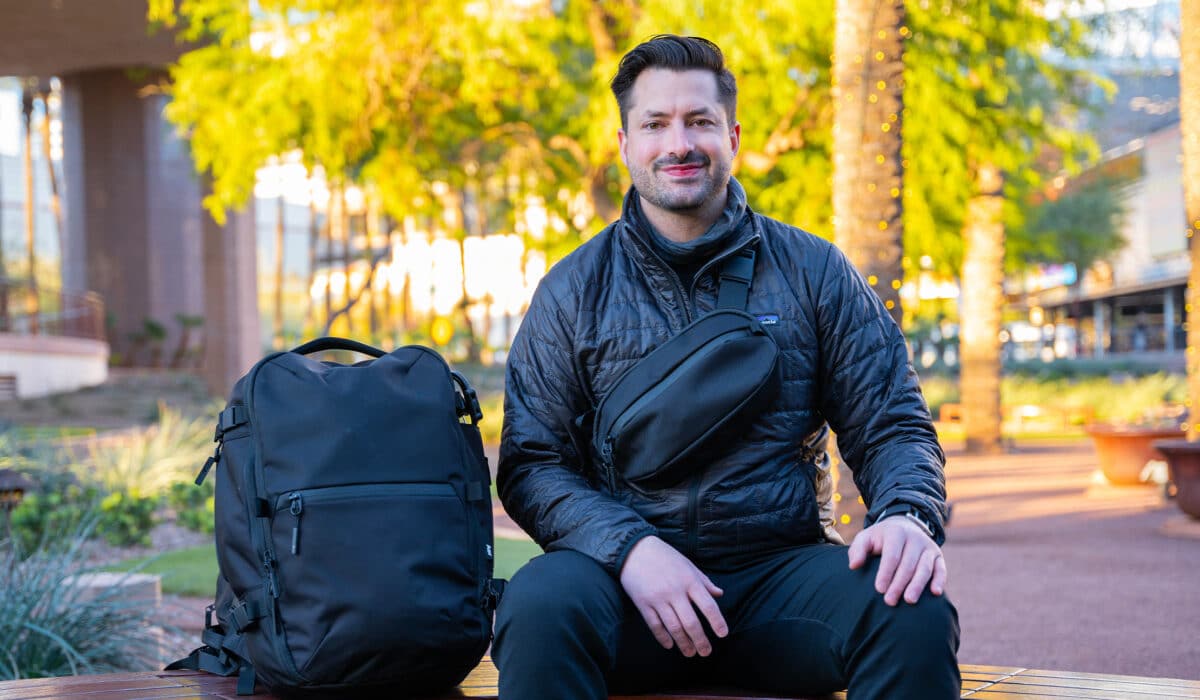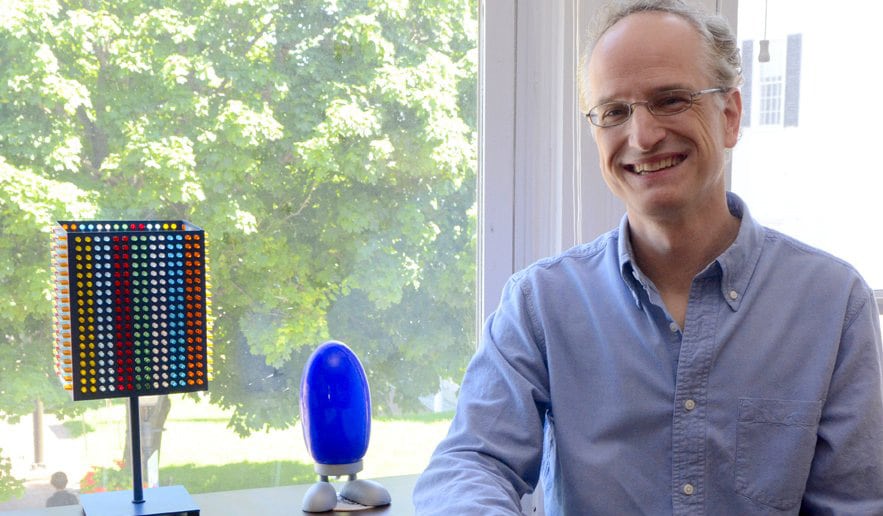Ash Read launched six software companies before he hit on a business that gained traction: a niche content site.
Why was he so persistent with software, especially since his expertise was in marketing?
“I’d always admired people who built software companies,” Read said. “It seemed like software was the easiest route to go from zero to 1 and build something but in reality playing to my strengths was the best route.”
In 2020, he was working for a social media management software company called Buffer.com when he started a new project: compiling a curated list of e-commerce brands in the home goods space. They were companies growing through Facebook and Instagram ads, outside of traditional retail channels.
In one weekend, he built a website using Webflow, a no-code platform. He called it Living Cozy.
He made his first revenue six weeks later when a user purchased bedding through an affiliate link on his site.
“That was a really big moment. It made me believe, if I can get more traffic to this website I can drive revenue,” Read said. “The first dollar you make online for yourself feels better than a paycheck.”
The dollars kept adding up, and in three short years, Read sold Living Cozy for 6 figures to an undisclosed buyer.
Trying to gain a foothold with software companies
Read started at age 18 with his first software company and kept trying businesses as side gigs over the next decade. For his day job, he worked in content marketing and SEO for software companies.
Over the next decade, he launched five more SaaS software businesses, but none took off.
“I’ve always worked for software companies and I really like SaaS as a business model,” Read said. “It seemed like the best way to make money online and build a sustainable business. It was seeing people around me having success with software and wanting to build that for myself.”
Since his background was in marketing, he worked with contractors for tech needs.
“In one case I worked with a developer to build a content analytics tool,” he said. “That app had some customers and I felt like it could do well. But then the developer got an offer to co-found another startup with some VC-backing. If I couldn’t find a dev to build alongside (as I did with the content analytics tool), I’d hire developers to build an MVP.”
Hitting his stride with Living Cozy, a niche content business
When he launched Living Cozy in 2020, he tweeted about it and got a few encouraging DMs in response. “That gave me the motivation to keep going,” he said.
Initially, he wrote all the Living Cozy content himself. As an SEO and content marketing professional, he knew it would take six months or more to get traction for this type of site.
“There were definitely some weekends when I definitely sat asking myself why I was writing about dining chairs on a Friday night,” Read said.
But unlike Read’s previous businesses, Living Cozy found its footing in the first year.
After about six months, Living Cozy was getting tens of thousands of pageviews, and by the end of 2020, Read felt like it was truly taking off.
Until November 2022, Read continued to run the business as a side project on top of his full-time job. The time constraints were a huge challenge, he said.
“The way I got over this challenge was by being ruthless with prioritization and only focusing on the tasks that I knew would scale the business,” he said.
Hiring niche writers for his niche content business
Once the business was making a few thousand dollars a month in revenue, Read started hiring freelancers to write additional content. He wanted to add more product reviews, and since he was based in the U.K., where many brands wouldn’t ship, he needed U.S.-based writers.
Read said he believed investing in skilled writers who had experience working for major publications like Architectural Digest or Apartment Therapy was worth the cost, since Living Cozy was competing for traffic with major brands.
“Our content had to be way better than anyone else’s to have a chance of ranking,” he said. “I just couldn’t afford to cut corners.”
By November 2022, Read was able to go full time with Living Cozy, and that shift enabled him to focus on building deeper relationships with brands. The company already had affiliate relationships with about 100 brands, and with his focus fully on the business, he could spend more time booking meetings and building relationships.
Meanwhile, Read had always been planning to build toward selling the business, and marketplaces had been “hovering” since his site began to get significant traffic, he said.
“I’d always seen Living Cozy as a stepping stone to give me the freedom to do something else,” he said. And by this point, the site was bringing in tens of thousands of dollars in profit every month; he said his profit margin was about 80%.
Selling Living Cozy by focusing on upfront cash
Read decided to list his business on Flippa. It took five months to close the deal with two online entrepreneurs. He couldn’t disclose the buyers’ names or terms of the 6-figure deal.
But Read told us he prioritized getting the most upfront cash possible versus an offer that might include earn-outs or other contingencies.
“I wanted to focus on the biggest cash deal I could get — whatever would give me the most freedom the fastest,” he said.
He said that selling was a rollercoaster, not only because the process moved quickly, but because it was more emotional than he expected.
“I don’t think I appreciated how attached I had become to this thing I had built,” he said.
Today, Read is consulting for B2B software companies and beginning to build a new media brand in the health and fitness space.
“Once I sold, I sat down and thought, what actually interests me? What do I want to spend the next 5 years focused on?” he said. “I was really shocked by how small the list actually was.”
Read had spent years believing he had to force himself into the software founder mode to build a successful business. But his real success came when he leaned into what he did best: creating content.
“It took me quite a long time to learn to actually just lean into your strengths when you’re building a business,” he said.



